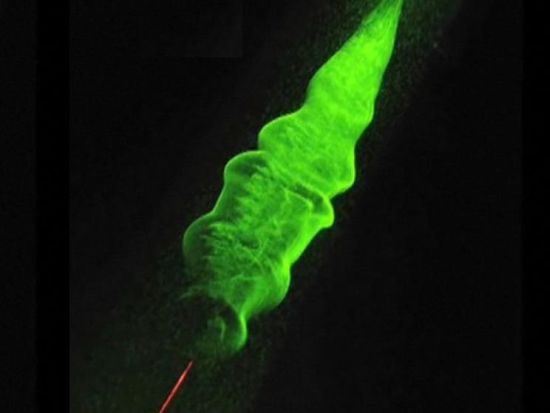
Cloud seeding is soon going to be outdated as lasers are all set to emerge on the scene. Just recently, Jérôme Kasparian and his colleagues from the University of Geneva, Switzerland, has successfully tested the laser technique to create clouds that rained (not actually) soon after.
Miniature airplane contrail-like linear clouds were spotted when short pulses of 220-millijoule, infrared laser light punched the water-saturated air at -24°C within just 60 femtoseconds. Later, the artificially created hydroxyl radicals converted atmospheric sulfur and nitrogen dioxide into water-generating seeds. However, Daniel Rosenfeld, an atmospheric scientist at the Hebrew University of Jerusalem, Israel, questions the validity of the experiment as he says:
Whatever has been documented in this experiment is of little relevance to natural clouds.
Why he says so is rooted in the fact that the artificial lab conditions could never match actual atmospheric humidity and temperatures. After optimizing the laser wavelength, focus and pulse duration, things can be made credible for sure, Kasparian believes.
Via: NewScientist

